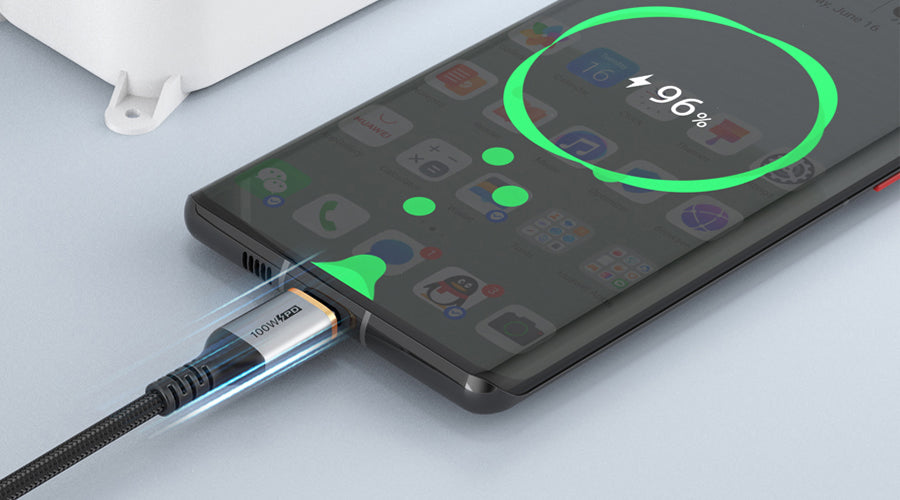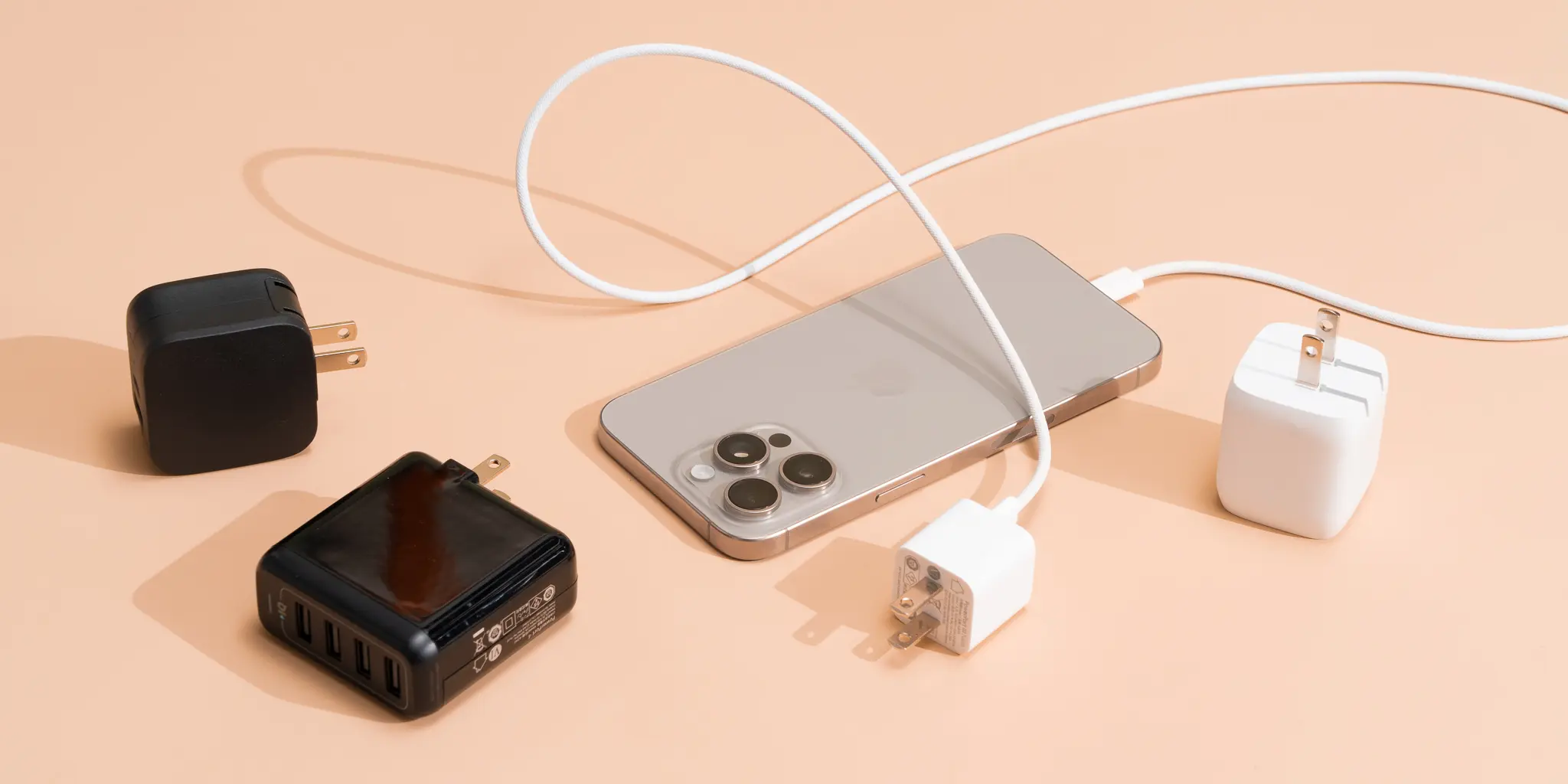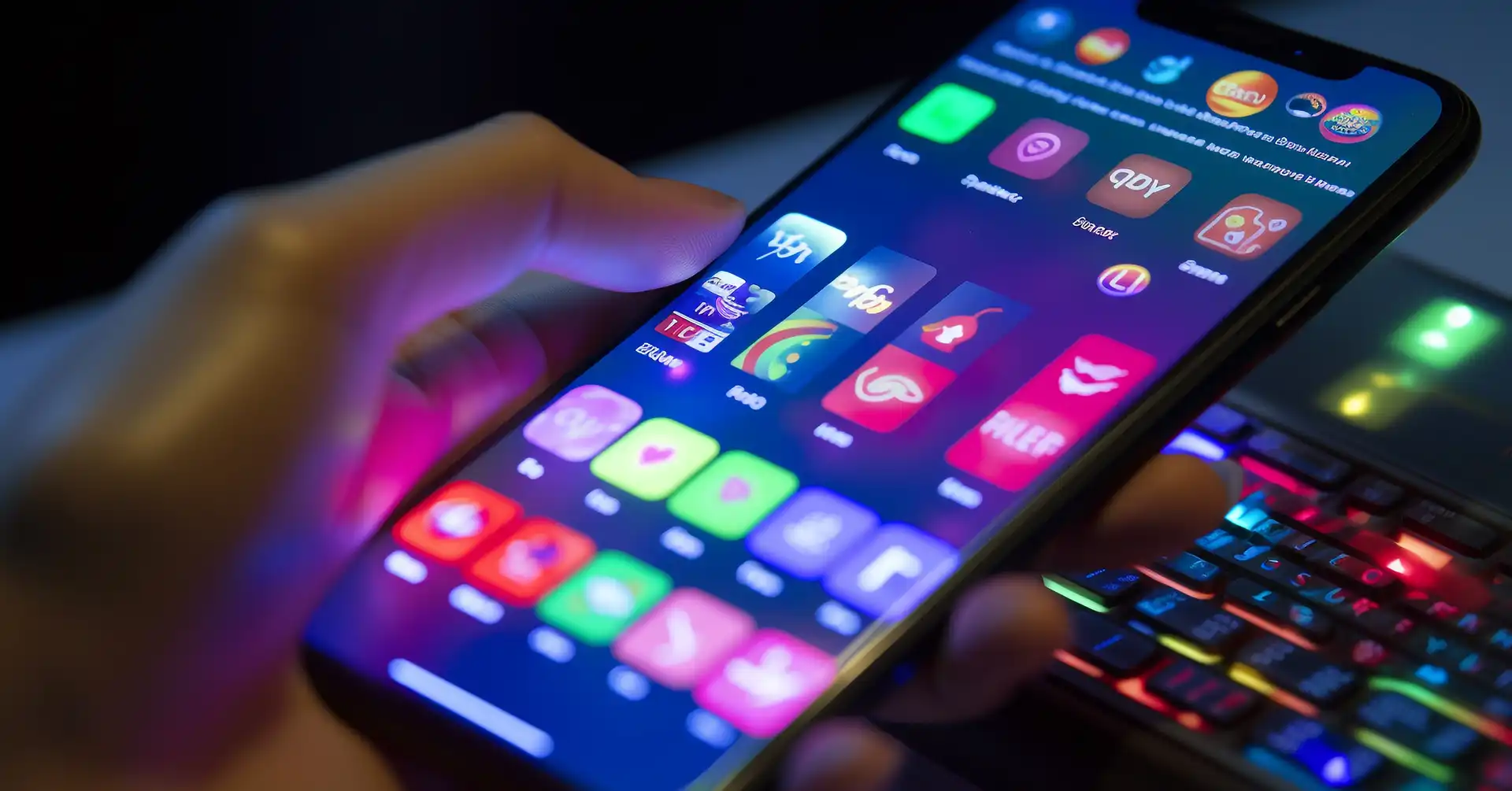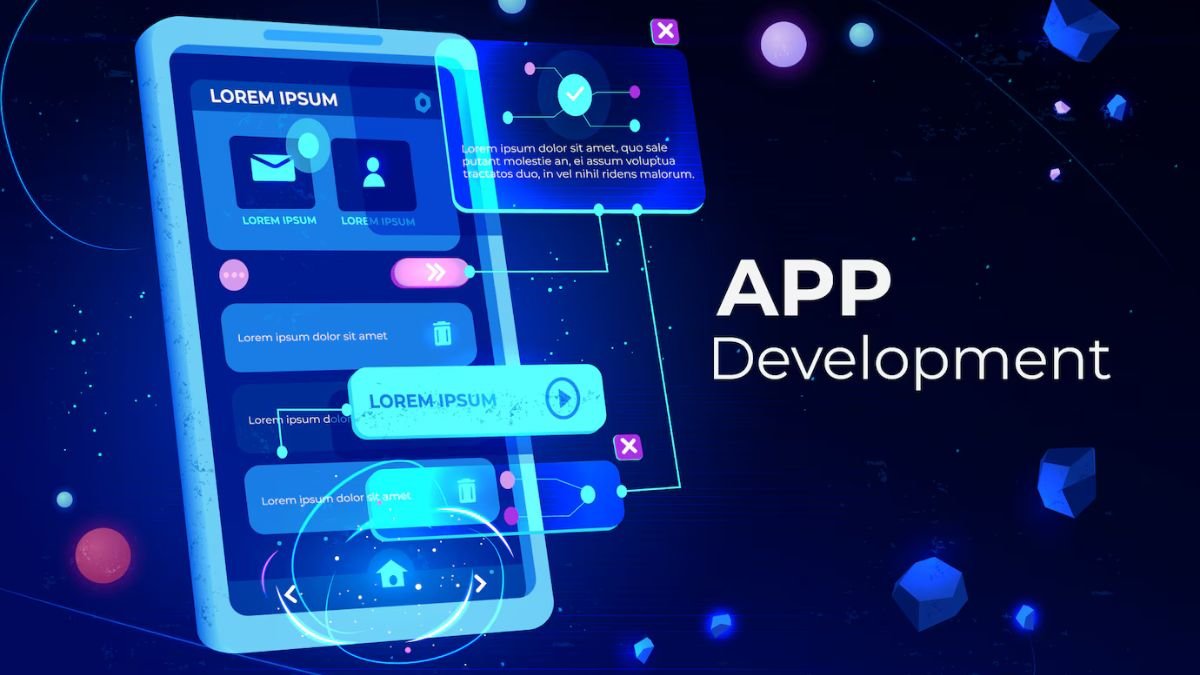Mobile chargers might look like simple gadgets, but they’re super important. Without them, our phones would be dead, and we’d be stuck without maps, messages, or games. Choosing the right mobile charger is a big deal because it affects how fast your phone charges, how safe it is, and how long your battery lasts. In this guide, we’ll explain everything about mobile chargers so you can easily pick the best one for your phone.
What Is a Mobile Charger and How Does It Work?
A mobile charger is a gadget that pushes power into your phone’s battery. Think of it like pouring water into a glass. The charger takes electricity from the wall, your car, or a power bank and sends it through a charging cable into your phone. Inside the charger is a tiny piece called a transformer. It changes the big electricity from the wall (like 120 volts in the USA) into smaller, safer electricity your phone can use (usually 5 volts, 9 volts, or even higher for fast charging).
Chargers also talk to your phone using signals. They “negotiate” how much power your phone can handle. That’s why some phones charge slowly with old chargers but faster with new ones. Good chargers keep power flowing smoothly, so your battery doesn’t get too hot or wear out too fast.
Different Types of Mobile Chargers
There are many kinds of mobile chargers, and each one has a special job. Let’s look at the most common types:
-
Wall Chargers: These plug into the wall. They’re the chargers we use most at home. Many wall chargers come with one or two USB ports, so you can charge more than one gadget at once. Some wall chargers have special tech like Quick Charge or Power Delivery, which makes charging faster.
-
Wireless Chargers: These don’t need cables between the charger and your phone. You just lay your phone on the charger, and it charges using a technology called Qi (pronounced “chee”). It’s super convenient, but sometimes slower than a cable.
-
Portable Chargers (Power Banks): These are like little batteries you carry around. When your phone’s battery gets low, you plug it into the portable charger and get extra power. Perfect for travel, camping, or long days out.
-
Car Chargers: These plug into your car’s cigarette lighter or special charging port. They keep your phone powered up during road trips. Some car chargers are fast chargers too!
-
Multi-Port Chargers: Great for families. These chargers have several USB slots so you can charge multiple devices at once.
-
USB Type-C Chargers: These use the newer USB-C connection. They’re faster and can carry more power than old USB types.
Different chargers also come in different wattages. Higher wattage means more power and faster charging—but only if your phone supports it. A good mobile charger should match your phone’s needs.
Why Fast Chargers Are Super Handy

Fast chargers are awesome because they save you time. Instead of waiting hours for your phone to charge, fast chargers can give you 50% battery in as little as 30 minutes. That’s perfect if you’re in a rush to leave the house or your battery is almost empty.
Phones these days have bigger batteries because apps, games, and videos use a lot of power. Fast chargers help keep up with this demand. Instead of charging at the old standard of 5 watts, fast chargers push out more power—like 18 watts, 25 watts, or even 45 watts for some flagship phones. But not all phones can handle super-fast charging. That’s why it’s important to know how fast chargers work.
How Fast Chargers Work
Fast chargers work by sending more power (higher voltage and current) into your phone safely. Regular chargers might push 5 volts at 1 or 2 amps. Fast chargers go up to 9 volts, 12 volts, or even 20 volts and deliver more amps. That’s why they charge batteries much faster.
But fast charging doesn’t mean your phone gets too hot. Smart chips inside the charger and your phone talk to each other to make sure the battery doesn’t overheat. Once your phone’s battery reaches about 80%, fast charging slows down so it doesn’t harm the battery’s health. That’s called “trickle charging.”
Phones That Work with Fast Chargers
Not every phone can handle fast charging. Many newer models from brands like Samsung, Apple, OnePlus, Google, and Xiaomi support fast charging standards like:
-
Quick Charge (Qualcomm phones)
-
USB Power Delivery (PD)
-
SuperVOOC (Oppo and OnePlus)
-
Adaptive Fast Charging (Samsung)
-
MagSafe fast charging (for newer iPhones)
If you want a fast charger, check your phone’s specs first. For example, iPhone 13 and newer models can use USB-C chargers with Power Delivery for super-fast charging. Samsung Galaxy S23 supports fast charging up to 45 watts if you buy a higher-watt charger.
Are Fast Chargers Safe?
People sometimes worry that fast charging might damage their battery or phone. The truth is, fast chargers from trusted brands are safe because they’re built with special protections. They have smart chips that watch the voltage, current, and temperature. If something goes wrong, the charger shuts off to protect your phone.
However, cheap or fake chargers can be dangerous. They might overheat, damage your phone, or even cause fires. Always look for chargers with safety certifications like UL, FCC, or CE marks. Buying original or good-quality brands is worth it for safety and your phone’s health.
Wireless Chargers: No Wires, No Mess
Wireless chargers feel like magic. You drop your phone on a charging pad, and it starts charging without plugging in a cable. Most wireless chargers use a technology called Qi. It works by sending electricity through a small coil in the charger to a coil inside your phone. This creates a magnetic field that moves power wirelessly.
Wireless charging is neat because:
-
You don’t wear out your charging port from plugging and unplugging cables.
-
It’s easier to pick up your phone quickly.
-
Many wireless chargers look cool and keep your desk tidy.
But wireless chargers have some downsides:
-
They’re usually slower than wired chargers.
-
You must line up your phone correctly on the charging pad.
-
Wireless chargers can get warm.
Newer wireless chargers are getting faster, though. For example, Apple’s MagSafe charger can deliver up to 15 watts wirelessly. Samsung has fast wireless charging too. Still, wired charging is usually quicker if you’re in a hurry.
Portable Chargers: Power Anywhere You Go
Portable chargers, or power banks, are lifesavers when you’re out and your phone’s dying. They’re basically big batteries you carry in your bag or pocket. When your phone’s battery runs low, plug it into the power bank, and boom—you’ve got extra power.
Portable chargers come in all shapes and sizes:
-
Small pocket-sized ones: Perfect for one quick charge.
-
Large high-capacity power banks: Great for trips, they can charge a phone several times.
-
Fast charging power banks: Deliver higher wattages to charge your phone quickly.
Look for these features in a good portable charger:
-
Capacity (mAh): Higher mAh means more power.
-
Fast charging support: Like USB Power Delivery or Quick Charge.
-
Number of ports: Handy if you have more than one device.
-
Size and weight: Bigger ones hold more power but are heavier.
Power banks are perfect for travel, festivals, or emergencies when you can’t reach a wall plug.
Car Chargers: Charge While You Drive

Car chargers keep your phone alive during road trips, long commutes, or even short errands. They plug into your car’s 12V socket (the one people used to call a cigarette lighter). Good car chargers let you keep your phone topped up for GPS, music, and calls.
Car chargers today aren’t just simple 5-watt chargers. Many support fast charging with USB-A or USB-C ports, delivering 18 watts, 30 watts, or even more. That means you can charge your phone almost as quickly as you would at home.
Car chargers come in different styles:
-
Single-port chargers: Simple and compact.
-
Multi-port chargers: Great for families or rideshare drivers who need to charge multiple devices at once.
-
Built-in cables: Handy if you forget your cable at home.
Safety is super important with car chargers. Cheap models might overheat or damage your car’s electrical system. It’s worth buying a quality brand that offers over-voltage and over-current protection.
Car Chargers for iPhones
If you have an iPhone, look for car chargers with USB-C Power Delivery for fast charging. Apple’s newer iPhones (from iPhone 8 and up) can charge much faster with a USB-C car charger. A good car charger for iPhones should:
-
Support at least 18 watts or more.
-
Be certified for safety (look for MFi certified chargers).
-
Come with a strong Lightning cable or USB-C to Lightning cable.
MagSafe car mounts are also popular for iPhone users because they hold your phone magnetically and charge it wirelessly.
Car Chargers for Android Phones
Android phones have lots of charging standards. Many Android phones use USB Power Delivery or Qualcomm Quick Charge. Good car chargers for Android phones should:
-
Have USB-A and USB-C ports.
-
Support fast charging up to 18W, 30W, or even 45W for newer phones.
-
Be safe for your phone’s battery.
Samsung, Google, OnePlus, and Xiaomi phones all have different fast charging needs, so check your phone’s specs before buying.
Mobile Charger Safety Tips
No matter which charger you use, safety is key. Here’s how to stay safe:
-
Buy from trusted brands. Cheap, fake chargers can break your phone or cause fires.
-
Check for certifications. Look for UL, CE, or FCC marks.
-
Don’t cover chargers while they’re in use. They need air to stay cool.
-
Unplug chargers when not in use. Some chargers still pull power even when your phone isn’t connected.
-
Inspect cables often. Replace frayed or damaged cables immediately.
-
Avoid charging in wet places. Water and electricity don’t mix!
A safe charger lasts longer, keeps your phone healthy, and keeps you safe too.
How to Pick the Best Mobile Charger for Your Phone
Choosing the right mobile charger isn’t hard once you know what to look for. Start by checking your phone’s charging speed and what standards it supports (like Quick Charge, USB Power Delivery, or proprietary fast charging). Get a charger that matches or exceeds those specs. Think about where you’ll use it—at home, in your car, while traveling—and pick a charger that fits your lifestyle. Look for trusted brands, safety certifications, and good reviews. Finally, consider future-proofing by getting a charger that supports USB-C, since more devices are switching to that standard.
The Bottom Line
A mobile charger might be small, but it’s one of the most important tools in your life. Whether you’re grabbing a fast charger for your home, a wireless charger for your desk, a power bank for travel, or a car charger for road trips, picking the right one keeps your phone running smoothly and safely. Remember to choose quality, check compatibility, and keep safety in mind. With the right charger, your phone will always be ready to go—so you’ll never miss your maps, messages, music, or your favorite games again.





